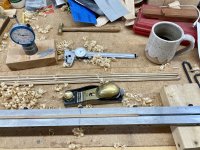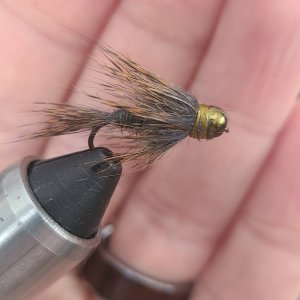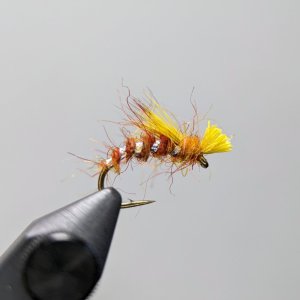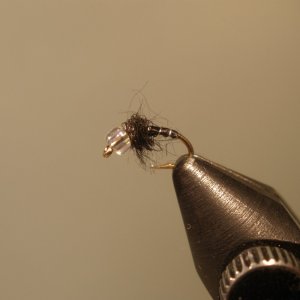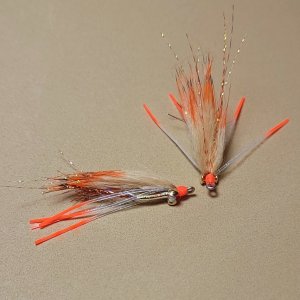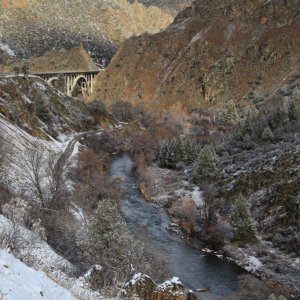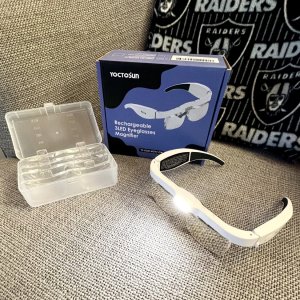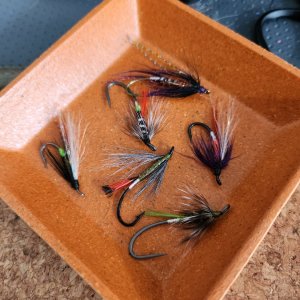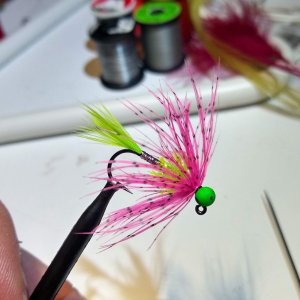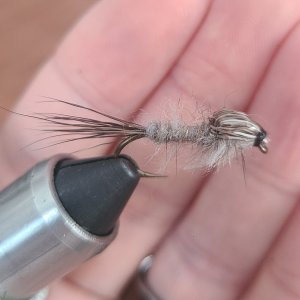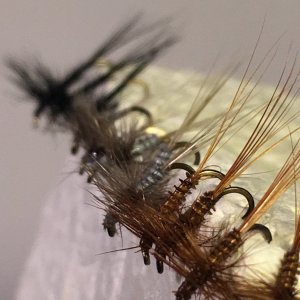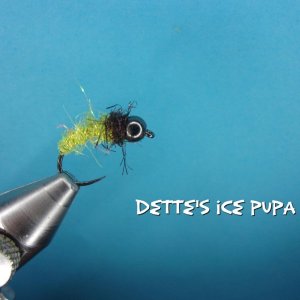Bajema
Life of the Party
A number of years ago I started working on a bamboo rod. I got some planing forms, built a rough beveler, made a heat treatment oven and got to work. After getting the butt section planed life got in the way and it's all just been sitting there unfinished. Lately I've been getting the itch to get back to work on it. This morning I got the planing forms set up for the tip section and started working on those strips. I'm trying to just take it easy and not stress too much about getting everything perfect (it's my first rod after all). If I end up off on some of my dimensions by a few extra thousands, it's still going to catch fish after all. It's a Dickerson 7613, but I don't remember exactly why I picked that particular taper. I'll try to update this thread as I make progress. 